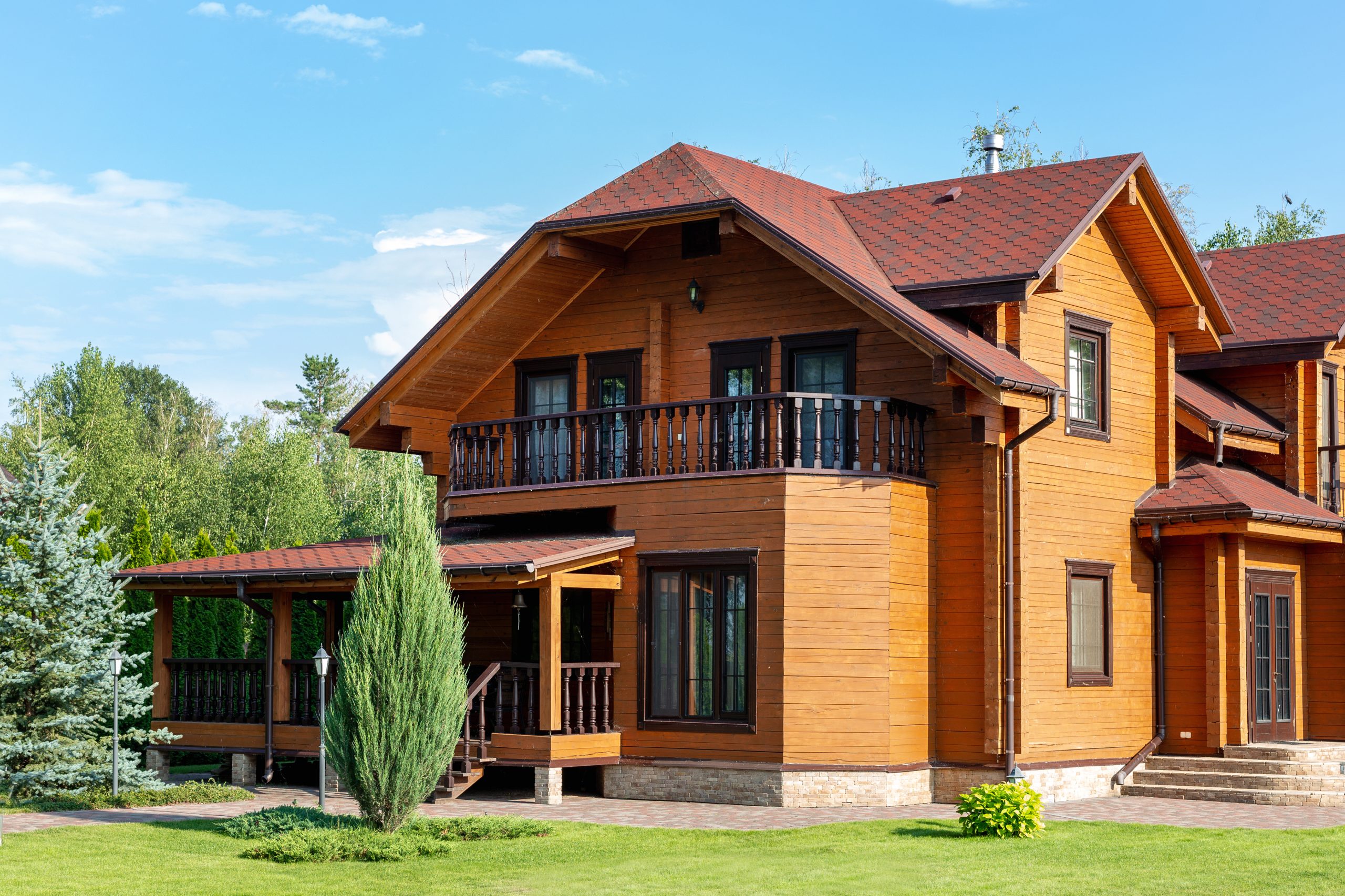A shelter is crucial for human survival. The increase in human population and developed economic activities has led to many houses and business establishments being constructed. However, it also leads to the increased emission of greenhouse gases and more construction waste.
As we know, greenhouse gases contribute to climate change. Due to this, construction experts nowadays advise contractors to use recycled or eco-friendly materials since they reduce greenhouse gas emissions and waste while improving energy efficiency without compromising structural integrity. You can talk to your engineer about formwork engineering, which is the more environment-friendly way of building your dream house.
Getting an eco-friendly material depends on its durability and source. To give you an idea, the eco-friendly materials that can be used for home construction include the following:
1. Steel
Steel is a material that loses little or no properties after being recycled. It stands as the most recycled material around the globe. Recycling ensures that there are no steel wastes dumped. Recycling steel for construction gives out quality buildings as far as steel homes are concerned.
2. Bamboo
Bamboo is a strong fiber consisting of perennial grass available on almost all continents. It’s one of the eco-friendly materials for home construction with friendly advantages to humankind and the environment.
Bamboo can be used for both permanent and temporary construction. It’s also easy to handle, cut, reposition, repair, and maintain. Besides, it’s also non-polluting to the environment and can produce perfect and beautiful finishes like bamboo floors.
Bamboo is an excellent eco-friendly construction material since it’s renewable and grows fast, with hassle-free cultivation. Moreover, it’s also reliable and lightweight, making it useful for different construction projects.
3. Recycled Plastic
Plastics are widely used by most manufacturing industries in the packaging of products. With poor recycling, the use of plastics can’t be eco-friendly. It is because plastic waste can accumulate over time. Since they don’t decompose quickly, it becomes a threat to marine life when washed away to seas or oceans.
Recycled plastic can be blended with unused plastic to produce a new material to make polymeric timber. This timber is used to make fences, picnic tables, or other construction materials.
Polymeric timber can also serve as a replacement for real ones, thereby limiting deforestation.
4. Rammed Earth
It is an old construction technique that features raw materials such as chalk gravel, lime, or earth in the construction of floors, foundations, or walls.
The making of rammed earth entails compacting a blend of damped soil with reasonable proportions of sand, clay, stabilizer, and gravel.
Rammed earth is a durable eco-friendly material composed of materials available around us.
5. Straw Bales

It is a construction material made from the straws of plants such as wheat, rice, oat, and rye. In building construction, straw bales are commonly used as building insulation or as structural elements.
Straw bales produce good natural insulation with non-toxic attributes. This material would be fitting if you’re looking for eco-friendly materials for your home construction.
6. Ash Crete
Ash Crete is an excellent alternative to most traditional construction materials such as concrete. Ash Crete features a composition of fly ash (fine grain powder from burnt coal). An alternative to cement is fly ash due to its strength and durability.
Ash Crete is another eco-friendly building material since it’s a by-product of coal, a renewable energy source.
7. Wood
Wood is an ancient building material that has been in use in construction for thousands of years. According to historical facts, wood stands as the second most used building material after stone.
Wood is easy to use because it comes in different sizes, shapes, and textures. Wood can be used in roofing, supporting structures, décor, and furniture.
Wood is a popular, cheap, and readily-available non-toxic construction material that’s recyclable.
8. Cork
Cork is a less known building material but is highly sustainable. It’s commonly used in making wine bottles due to its recyclable, non-toxic, water-resistant, and renewable properties.
In recent times, using cork in a building is in demand in different aspects of construction such as external filling, interior décor, flooring, and rigid insulation.
The main advantage of cork to the environment is it is from scrapping the bark of oak but does not harm the tree.
9. Hemp Crete
Hemp Crete is also referred to as Hempline. It’s a bio-composite construction material made from a blend of hemp hurds (hemp fiber by-product) and lime.
Hemp Crete is associated with insulation infills on walls in France. It’s strong, lightweight, and is not bristle-like compared to conventional materials such as concrete, making it ideal for building construction in earthquake-prone places.
Its eco-friendly and durable nature has led to its gradual rise in demand, though not currently available to most markets.
The Take-Away
Going green is an action appreciated by most people in homes to reduce the effects of climate change. It is in the home appliances they use and their practices as well. The building construction industry now uses eco-friendly materials to help preserve the environment through sustainable living. The guide above took you through some eco-friendly construction materials and involved in the campaign against global warming.

